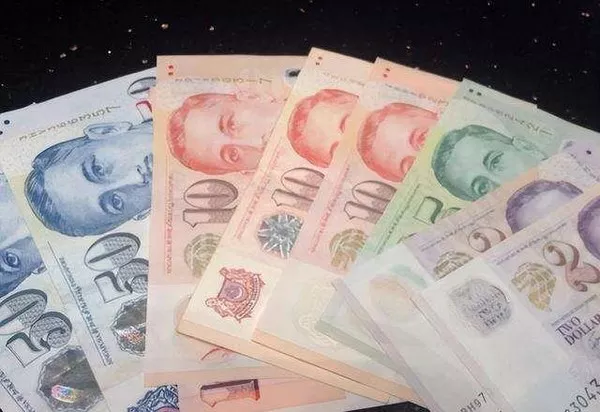In Monday’s London session, the Pound Sterling (GBP) grapples with indecision as investors slowly return to the foreign exchange (FX) market following a holiday-extended weekend due to Good Friday and Easter Monday. The GBP/USD pair consolidates slightly above the critical support level of 1.2600 as market participants await fresh insights into potential rate cuts from both the Bank of England (BoE) and the Federal Reserve (Fed).
Earlier this year, market sentiment favored the Fed initiating interest rate reductions before the BoE, lending support to the Pound Sterling against the US Dollar. However, current expectations suggest a reversal, with the BoE potentially following the Fed’s lead by implementing rate cuts as early as June. Notably, two BoE policymakers, Catherine Mann and Jonathan Haskel, traditionally perceived as hawks, have shifted their stance due to concerns over the impact of higher interest rates on labor market dynamics and consumer spending.
In a recent interview with Bloomberg, Catherine Mann indicated a departure from her previous rate hike stance, citing consumer reluctance to bear increased prices for services like travel and hospitality. Mann highlighted that firms are reducing working hours despite the need for more employment opportunities. Additionally, she noted an expected increase in the labor market workforce due to government cuts to social security rates.
The Pound Sterling’s future trajectory hinges significantly on the BoE’s decision regarding key borrowing rates. A departure from the longstanding trend of rate hikes, if realized, could potentially lead to depreciation in the Pound Sterling, especially after more than two years of consistent rate increases.
Meanwhile, the US Dollar Index (DXY) maintains a relatively stable position around 104.50 as investors await the release of the United States Nonfarm Payrolls (NFP) report for March later in the week. This official labor market data is a critical determinant influencing market expectations regarding potential Fed rate cuts.


